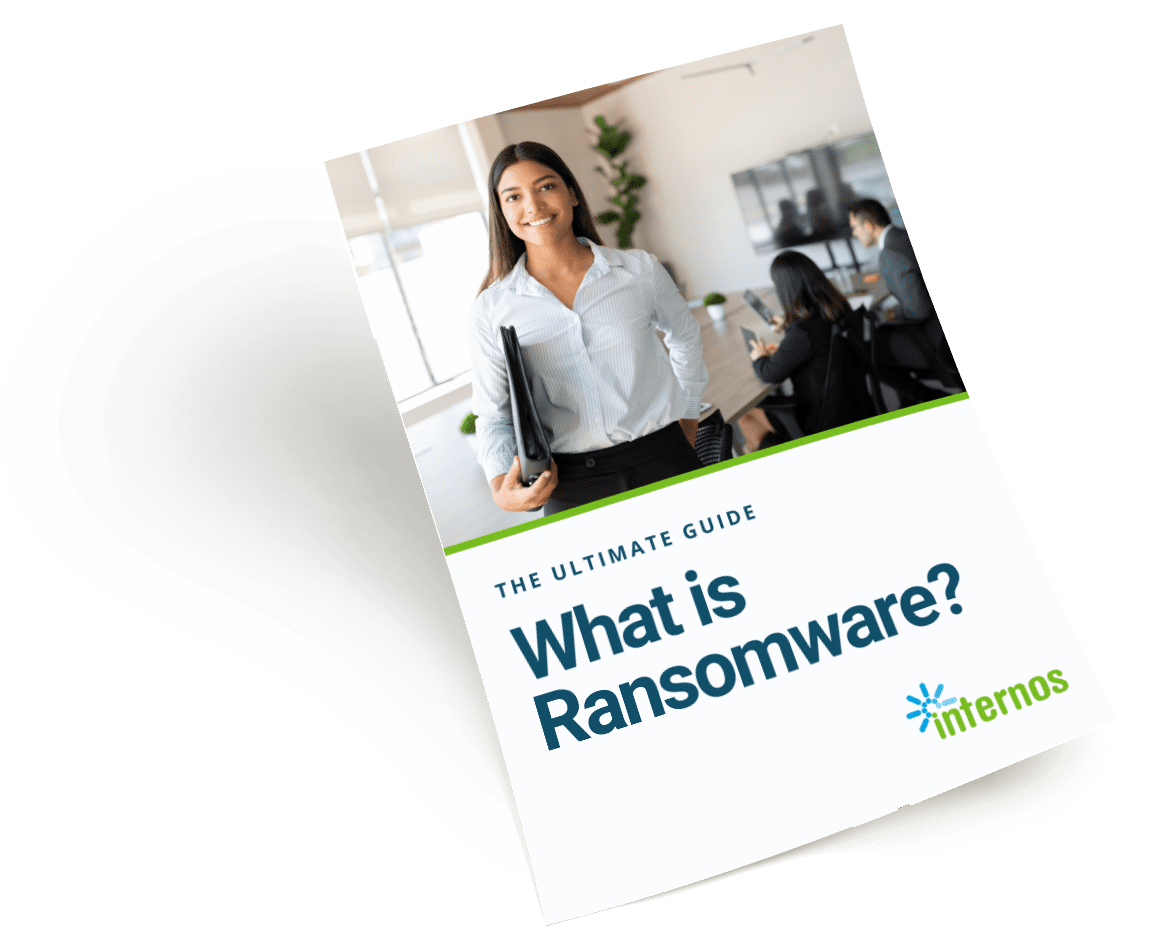
Every organization holds onto sensitive data, whether it’s employees’ personal identifiable information, customer data or proprietary information. You must keep your data secure. Traditional network security models, like VPN, are becoming more and more vulnerable to data breaches. A modern solution, zero trust, offers a more robust approach, constantly verifying the authenticity and access privileges of users and devices, regardless of their location. Deploying zero trust to your end users has many benefits and challenges.
The Three Principles of Zero Trust
There are three principles that are needed in any zero trust environment. The first is to verify explicitly; you want to know who and what is connecting to your network. The second is to restrict access, only giving the least amount of access necessary for the end user to perform their job’s duties. Third, assuming breaches happen, you’ll want to continuously monitor your network.
Benefits of Deploying Zero Trust
There are many advantages of zero trust over traditional security models, including :
- Enhanced security: Zero trust minimizes the risk of unauthorized users or compromised devices gaining access to sensitive data by continuously verifying access.
- Reduced attack surface: The focus is to protect your most critical assets and minimize the potential damage from a breach.
- Improved data loss prevention: Granular access controls prevent unauthorized data exfiltration.
- Remote work: With remote working becoming more and more popular, security becomes more difficult to achieve. Zero trust is a way to keep workers remote without sacrificing security.
Challenges of Deploying Zero Trust
While there are many benefits beyond what we’ve mentioned above there are also challenges to deploying zero trust.
Complex infrastructure can cause some complexities in ensuring compatibility. Many organizations have a mix of cloud-based, on-premise and legacy, along with new hardware and software to increase the complexity.
Deploying any new system is costly and deploying zero trust is no different. It requires an investment in personnel, time and potentially new security software is needed.
Zero trust involves multiple tools for micro-segmentation, identity verification and more. You’ll need flexible software that integrates seamlessly within your existing infrastructure.
Steps of Deploying Zero Trust
There are five key steps in deploying zero trust to your end users.
Your first step is to define your attack surface. Start by identifying your most valuable assets like sensitive data, key infrastructure and critical applications. When you know all this information, your organization will know what to prioritize.
Next, you’ll need to understand network traffic flow. How does data flow within your network? Knowing the answer to this question is crucial for implementing access controls effectively.
Once you understand your network’s traffic flow, it is time to design your zero-trust network. The design of your network depends on the attack surface you have outlined in step one. A lot of zero-trust components include multi-factor authentication (MFA), firewalls and microsegmentation to keep sensitive areas isolated.
The next step is to create policies surrounding zero trust. To do this establish clear rules for your end users and device access. Using the Kipling Method, the policies should answer who, when, what, where, why and how access requests are granted.
Lastly, monitor your network continuously for any suspicious activity. Reports, analytics and logs are all ways you can monitor your network. This helps to identify and address potential security threats quickly.
Deploying Zero Trust Can Be Daunting
Deploying zero trust to end users can be a large undertaking, but you don’t have to go it alone. Watchguard provides zero trust tools to keep your business safe. Book a meeting with us to keep your business secure.

